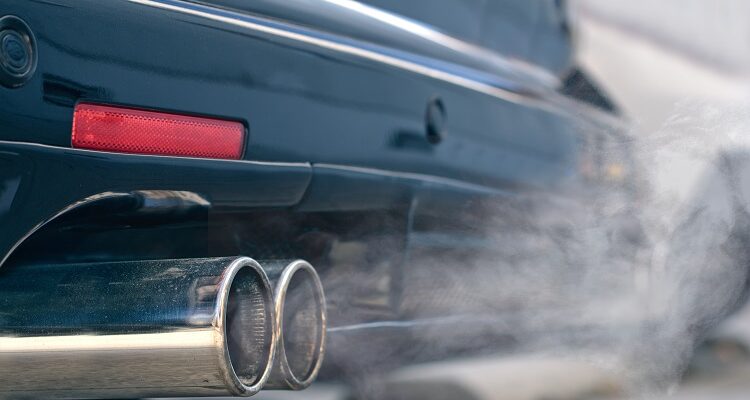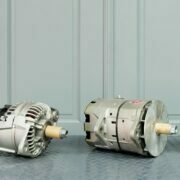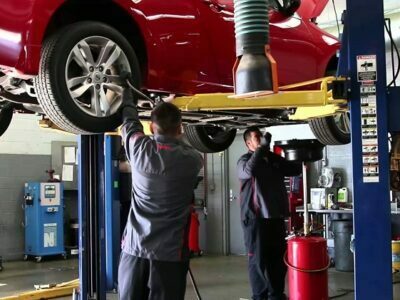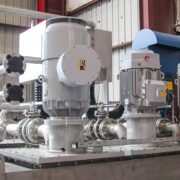A vehicle’s aftertreatment system converts pollutants into less toxic substances before exiting its exhaust system. It’s vital in reducing harmful carbon emissions. As a responsible car owner, you want to ensure it’s always in good condition.
The question is, how exactly can you do that? Here are some tips for maintaining your car’s aftertreatment system:
Table of Contents
Pay Attention To The Engine Light
The check engine light is a warning signal from your car’s computer system. When it’s on, it indicates a potential problem in your vehicle. Ignoring it can lead to possible issues with your engine and aftertreatment system. It could lead to problems like increased emissions or a broken-down car.
Monitor your car’s engine regularly. If the engine light turns on, immediately take it to a repair shop or do a car inspection. Meanwhile, if you need replacements, you can get new OEM Cummins parts from reputable online shops, like DPF Parts Direct or similar ones.
Be Aware Of Warning Signs
Your engine light is one of many warning signs of trouble in your car’s aftertreatment system. Some are unusual sounds, odors, or smoke from your vehicle. It’s best to ask a qualified mechanic to diagnose or repair your car if you notice any warning signs.
Neglecting all these warning signs can lead to more problematic and costly issues with your car’s aftertreatment system and increased emissions. Remember, even if you choose your car over others for its reliability and safety, you still need to take care of it.
Consider Regular Maintenance
It would be best not to wait for your car to tell you it has a problem. Be proactive and perform regular maintenance on it. Check the condition of your car’s aftertreatment system components and replace them if necessary.
Routine check-ups can prevent significant problems and ensure your car runs efficiently. Put your vehicle’s aftertreatment system on a regular maintenance schedule. Remember to have it checked during your car’s routine inspection.
Note that your car’s aftertreatment system’s maintenance schedule may vary depending on your vehicle’s make and model. Consult your owner’s manual or a qualified mechanic for the best time to perform regular or preventive maintenance.
Use The Right Fuel
Use the correct fuel recommended for your car’s engine. Doing so can help maintain your car’s aftertreatment system’s efficiency. After all, the wrong fuel can damage it and lead to dirtier emissions. To know if you’re using the right one, you can always check your manual, ask your dealer, or consult a reputable mechanic.
Avoid Fuel Contamination
The quality of fuel you use can affect the performance and longevity of your aftertreatment system. Aside from using the correct fuel, you should ensure it’s not contaminated.
One of the best ways to prevent contamination is to get your gas from reputable stations that don’t have old or poorly maintained pumps. They can assure you that your fuel won’t contain dirt or water that can damage your car’s aftertreatment system. If you become negligent in this, expect to have to deal with costly repairs and increased emissions in the future.
Drive Your Car At Highway Speeds
Drive your car at highway speeds regularly to maintain your aftertreatment system. It can help prevent buildup and keep optimal performance by allowing the system to reach its ideal temperature, increasing efficiency.
On the other hand, driving within the city for work or leisure may limit your opportunities to hit the highways. But did you know short trips can prevent your aftertreatment system from reaching optimal temperatures? They could lead to more smoke emissions and carbon buildup.
If you treasure your car, consider commuting or ride-sharing if you need to go on a short trip. Another option is to combine errands into one trip to let the aftertreatment system’s temperatures up.
Use High-Quality DEF
One critical component of your car’s aftertreatment system is the selective catalytic reduction (SCR) system. It uses diesel exhaust fluid (DEF) to help reduce harmful emissions by converting nitrogen oxides into harmless substances. A high-quality one should meet the American Petroleum Institute’s (API) certification standards. Getting one for your car increases its efficiency while making its exhaust cleaner.
Meanwhile, using low-quality DEF can lead to clogs and blockages in your car’s aftertreatment system. It can significantly affect the DEF injector nozzle that delivers the DEF. A poor-quality DEF may contain impurities that can cause malfunction or system failure. Any issues in your system can lead to increased emissions, reduced fuel economy, and costly repairs.
Conclusion
These are the steps to take care of your car’s aftertreatment system. Remember that it requires proper care to function optimally and reduce harmful emissions. Follow them to guarantee that your vehicle will always produce less harmful emissions.



















Comments